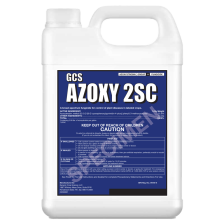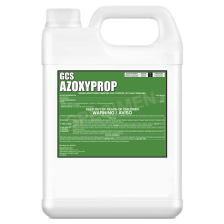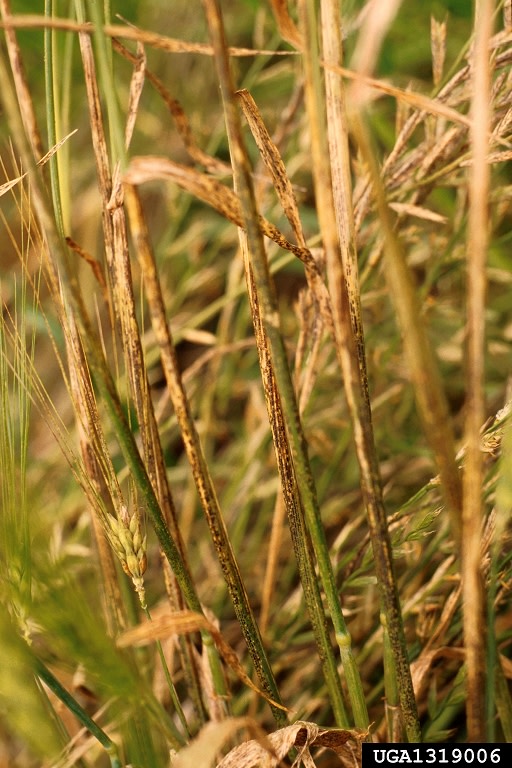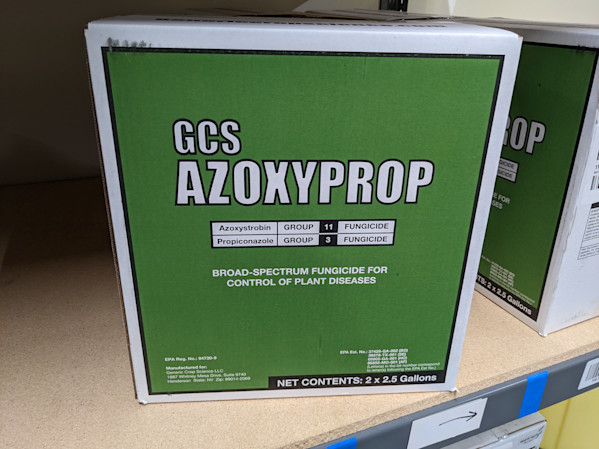© 2014 - 2024 Farmer's Business Network, Inc. All rights Reserved. The sprout logo, “Farmers Business Network”, “FBN”, “FBN Direct” are trademarks or registered trademarks of Farmer's Business Network, Inc. This content was written by Norm℠, reviewed and edited by Stephanie Nikolopoulos.
This content was generated with the assistance of Norm℠, FBN’s artificial intelligence (AI) Ag Advisor, based on a dataset of information containing general industry best practices and research. The AI model did not use specific external sources to generate this content. Our process involves using AI to aid human subject matter experts with the initial drafting and/or refinement of content.
The information and content provided is believed to be reliable, but its accuracy is not guaranteed. The content is provided for informational purposes only. It is not intended to be a substitute for specific agronomic, business, or professional advice, and should not be relied upon as such. Neither Farmer's Business Network Inc. nor any of its affiliates makes any representations or warranties, express or implied, as to the accuracy or completeness of the statements or any information contained in the material and any liability therefore is expressly disclaimed. If you have any questions or feedback about the content, please feel free to contact us or visit our FAQ (https://www.fbn.com/community/blog/norm-faq).




